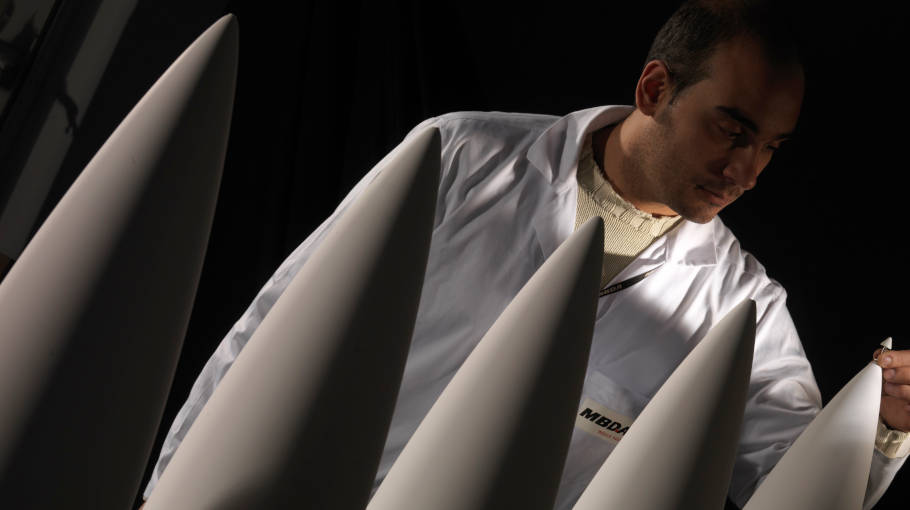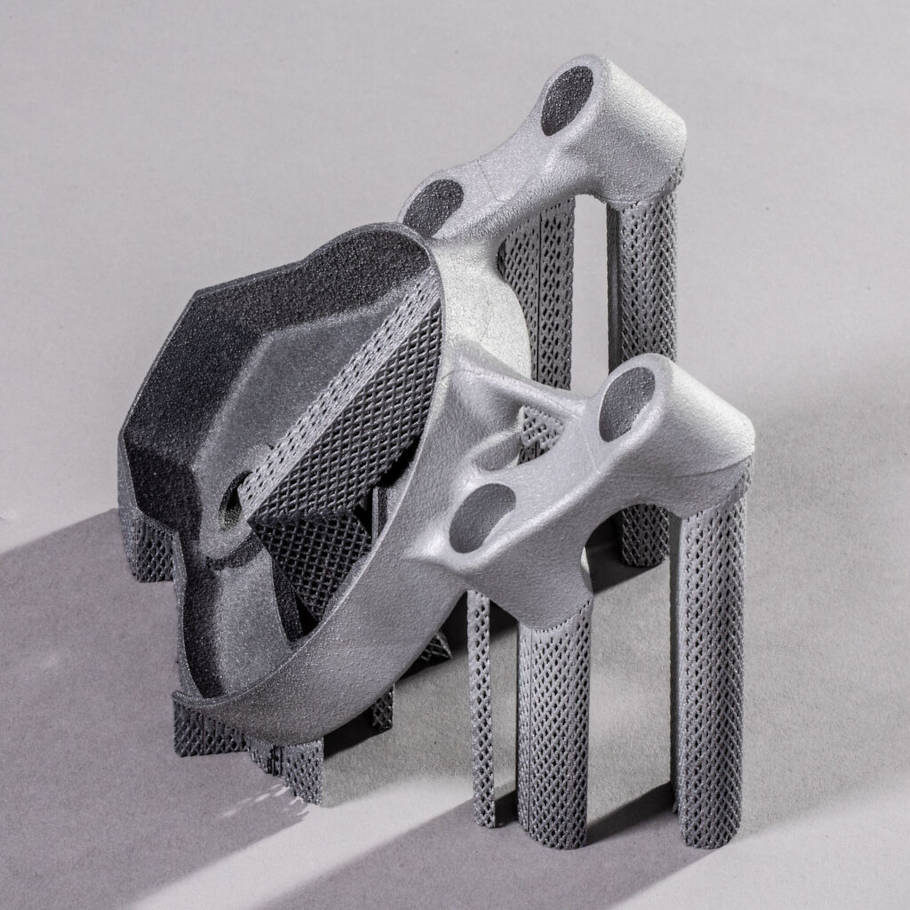In the rapidly evolving defence industry, innovation in materials is crucial to ensure performance, reliability and competitiveness for our products. As technological breakthroughs redefine the limits of defence, MBDA remains a pioneer in developing cutting-edge materials to reinforce the capabilities of its systems. Discover the expertise driving our approach through the voices of our Material & Processes experts.
Materials at the Core of MBDA’s Systems
Fully integrated to our Research & Development vision, MBDA's Materials & Processes teams are dedicated to researching and implementing advanced materials to improve defence systems. In every home nation, we carry the fascinating mission of bringing to the next level the materials used in our products.
Christopher, leading the UK division, explains the strategic role of materials: "We need to provide our customers with a tactical advantage while also improving production efficiency and reducing costs." Indeed, materials influence every part of MBDA’s systems, from structural components to high-temperature-resistant parts like nose cones, air intakes, fins, wings and propulsion units.
Paolo, overseeing radome development in Italy –these protective enclosures that shield radar systems– underlines the vast spectrum of materials utilised. “From metal alloys and composite polymers to advanced ceramics, we work with all types of materials, ensuring they meet the specific requirements of defence applications," he explains.
Additive Manufacturing as a Game-Changer
Materials as a field of research are impacted by many factors and technological progress. Amongst the recent breakthroughs, additive manufacturing is perceived as the next revolution in the development of materials. Whether to reduce cost, weight or production cycles, this technology offers substantial advantages. "Additive manufacturing allows us to achieve designs that were once impossible using traditional methods," says Paolo.
However, this game-changing solution comes with many challenges. "Unlike traditional 3D printing of plastics, additive manufacturing for metallic materials involves a high level of complexity and requires rigorous qualification processes to ensure performance and safety" as Stéphane, another expert, points out.
As for many industries, MBDA teams also perceive the positive environmental impacts of additive manufacturing. This technology contributes to meeting the increasing need for more sustainability by reducing waste and enabling the recycling of raw materials.

© Lorenzo BELLA - MBDA ITALIA
Perspectives and Future of Materials
Looking ahead, MBDA faces several challenges in advancing materials technology, including sustainability, performance optimisation, and the integration of smart materials. "One of the main challenges is pushing materials to withstand extreme conditions, such as those experienced in hypersonic flights,” says Sylvain. He sums-up: "For our sovereignty and the performance of our weapons, we must continue to innovate in this field."
Securing material sovereignty is another critical issue. "We often face limitations due to reliance on non-European suppliers, says Christopher. Developing independent solutions within Europe is a priority to ensure strategic autonomy." To address this, MBDA actively collaborates with European suppliers and research institutions to develop new materials tailored to current and future defence needs, fostering an open innovation approach.
As we continue to push the boundaries of materials science, our teams remain dedicated to transforming innovation into real-world benefits for defence systems. "Materials are a permanent game changer," says Sylvain, summarising their essential role in shaping the future of military technology. Beyond traditional uses, materials are becoming smarter, sensor-equipped, and responsive to their environment—helping to secure long-term operational superiority in modern defence solutions.
